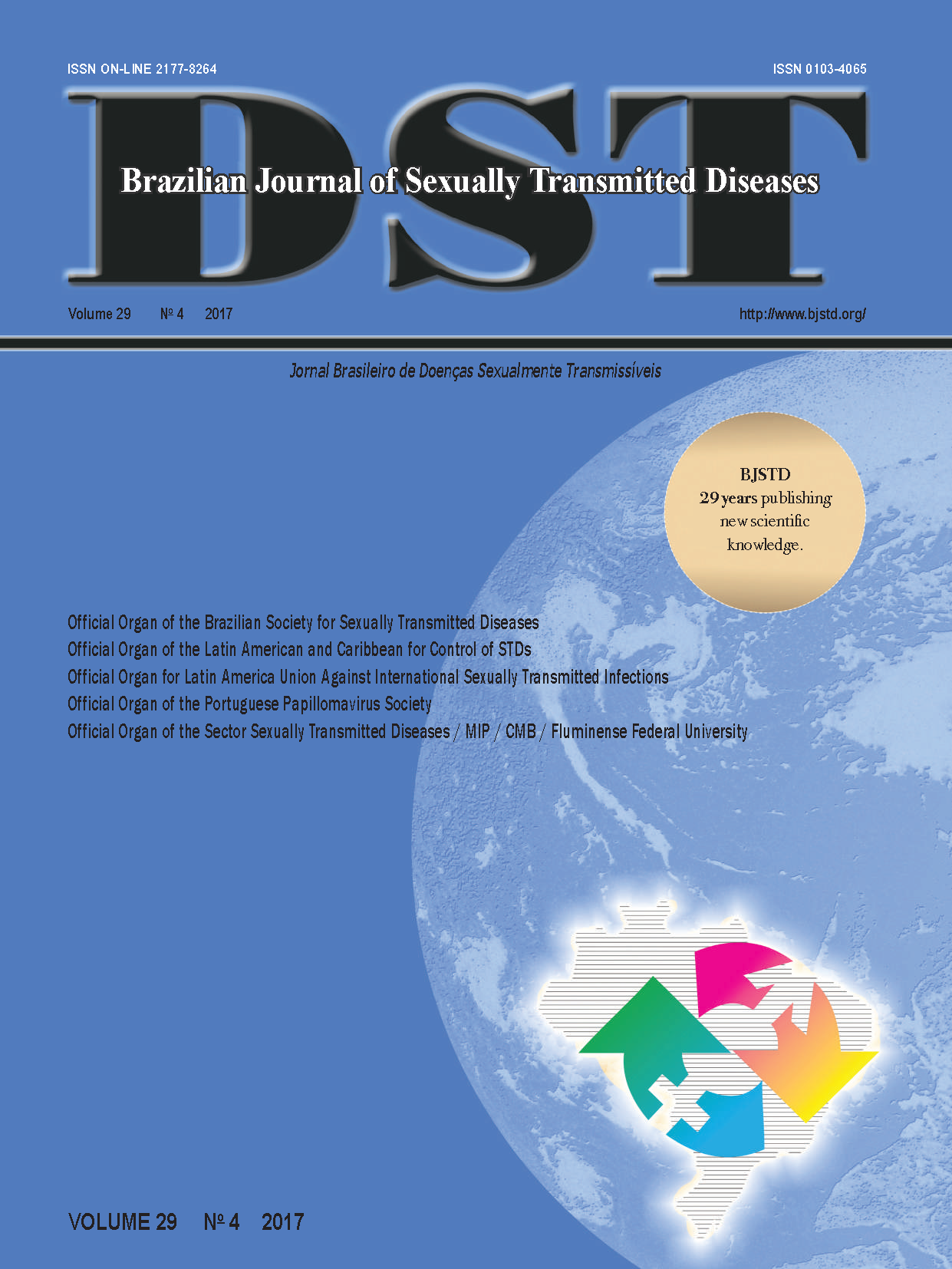Evaluation of the compliance with the goals proposed by the World Health Organization for the elimination of congenital syphilis from a University Hospital of Rio de Janeiro, Brazil
Keywords:
syphilis, pregnancy, prenatal care, prevalenceAbstract
Introduction: The World Health Organization (WHO) considers Brazil as one of the 15 priority countries for the control of syphilis among pregnant women due to the high prevalence of the disease and the large population of the country. Despite the easy prevention and treatment of the disease, its progress in the country is epidemic. The disease is responsible for more than 300,000 fetal and neonatal deaths, and 520,000 fetal adverse outcomes annually in the world. Objective: To verify if the goals proposed by WHO for the elimination of congenital syphilis are being fulfilled in the pregnant women assistance. Methods: Cross-sectional study with data collected from laboratories, medical records and questionnaires of 79 parturients with the disease hospitalized at the Pedro Ernesto University Hospital (HUPE) of the Universidade do Estado do Rio de Janeiro (UERJ), Perinatal Nucleus, in Rio de Janeiro, Brazil, between 2012 and 2014. Results: The incidence of congenital syphilis in HUPE was the following: 26.6 cases per 1,000 live births (LB). The average age of pregnant women was 26 years, most non-white (81%), single (82.1%), and less than nine years of education (57.7%). History of previous sexually transmitted infections (STI) was reported by 35.4% (28/79) and 20% showed (16/79) Human Immunodeficiency Virus (HIV) coinfection. The majority (72.2%) did not use condoms regularly. In the evaluation of the goals recommended by WHO, only the enrolment reached 92.4% (90% goal), 87.3% of the participants were tested (90% goal), 72.2% of the pregnant women were treated (100% goal), 51.0% of them were treated before the 24th week of gestation (80% goal) and 19.0% of partners treated the disease (80% goal). Regarding the condom use orientation during prenatal care, 52.5% of the parturients confirmed the use of the preservative (100% goal). Conclusion: The basic and strategic rules defined by WHO for the control of congenital syphilis in the country have not been accomplished to the daily loss of thousands of opportunities to save lives during prenatal care.












